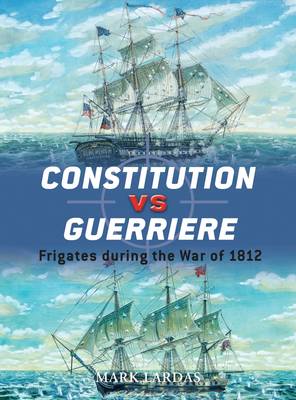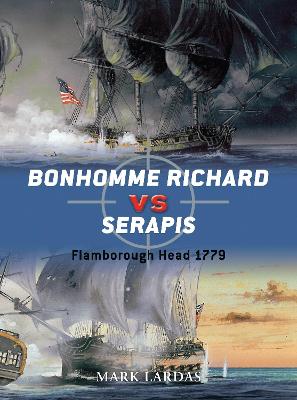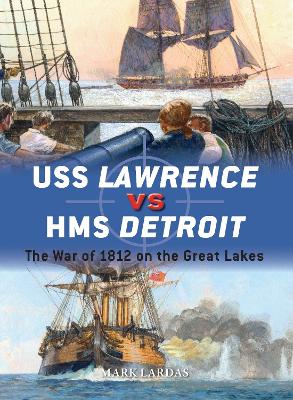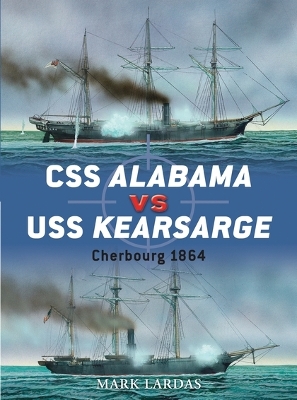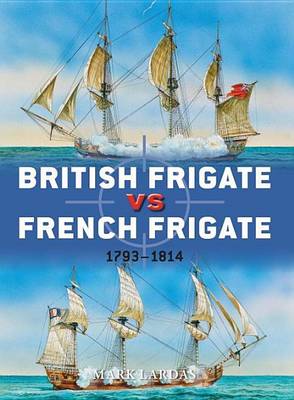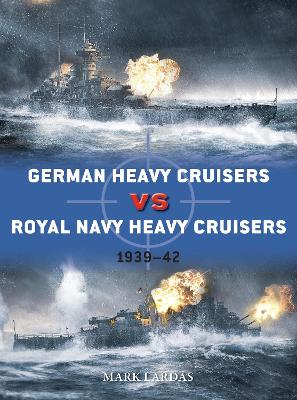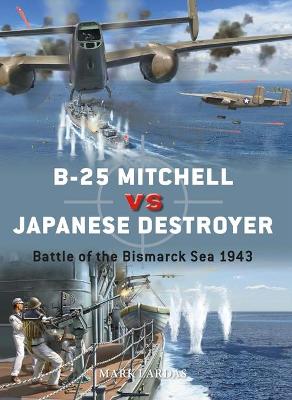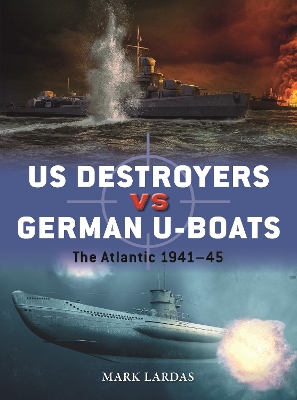Duel
3 primary works • 9 total works
Book 19
Book 44
Book 79
Featuring full-colour artwork, this lively study investigates the prolonged struggle between British and US sloops-of-war, highlighting the differences between the war on the lakes and the war on the oceans during the Age of Fighting Sail. It reveals the circumstances under which these ships were built, how they were armed, and the human story behind their construction and use in battle.
The conflict between the English Sea Dogs and the Spanish Adventurers has been a source of fascination for over four centuries. This exciting addition to the Duel series explores how the galleons used by Spain and England were built and armed, and examines the effectiveness of the cannon they used. It also compares how they were sailed and manoeuvred, showing the strengths and weaknesses of each design, and explaining how these played out in several of their most prominent battles, including the Battle of San Juan de Ulua, the fight between the Golden Hind and the Nuestra Senora de la Concepcion, an action from the Spanish Armada, and the last fight of the Revenge.
The opposing heavy cruisers of the German Kriegsmarine and the Royal Navy engaged in a global game of cat and mouse during the opening years of World War II. This was a period in which the heavy cruiser still reigned supreme in open waters, with the opposing sides reluctant to risk their battleships, and aircraft yet to dominate the seas. These swift vessels fought each other in the South Atlantic, North Atlantic, the frigid waters of the Denmark Strait and the Arctic approaches to Russia, capturing the public imagination in the process. This fascinating and beautifully illustrated book examines the design, development and technical performance of these opposing warships, and explores the clashes between them at the Battle of the River Plate in December 1939, the Christmas Day Battle 1940 and the Battle of the Denmark Strait in May 1941. The ships examined include the Deutschland-class Panzerschiffe and Admiral Hipper-class cruisers, and the Royal Navy County- and York-class heavy cruisers.
